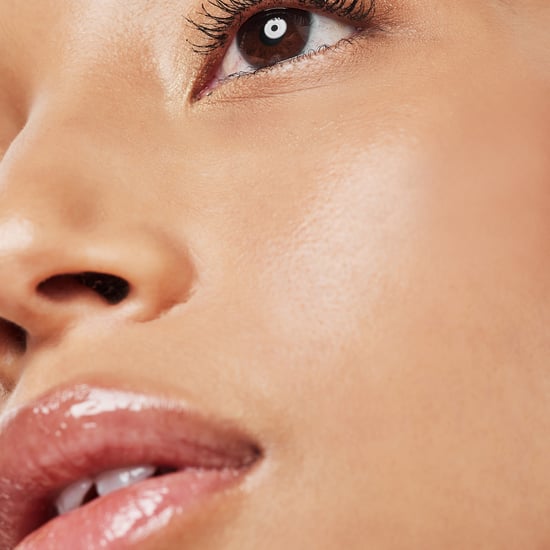Correct Lip Filler Healing Process With Photos
What a Lip Filler Healing Process Should Look Like When Done Correctly
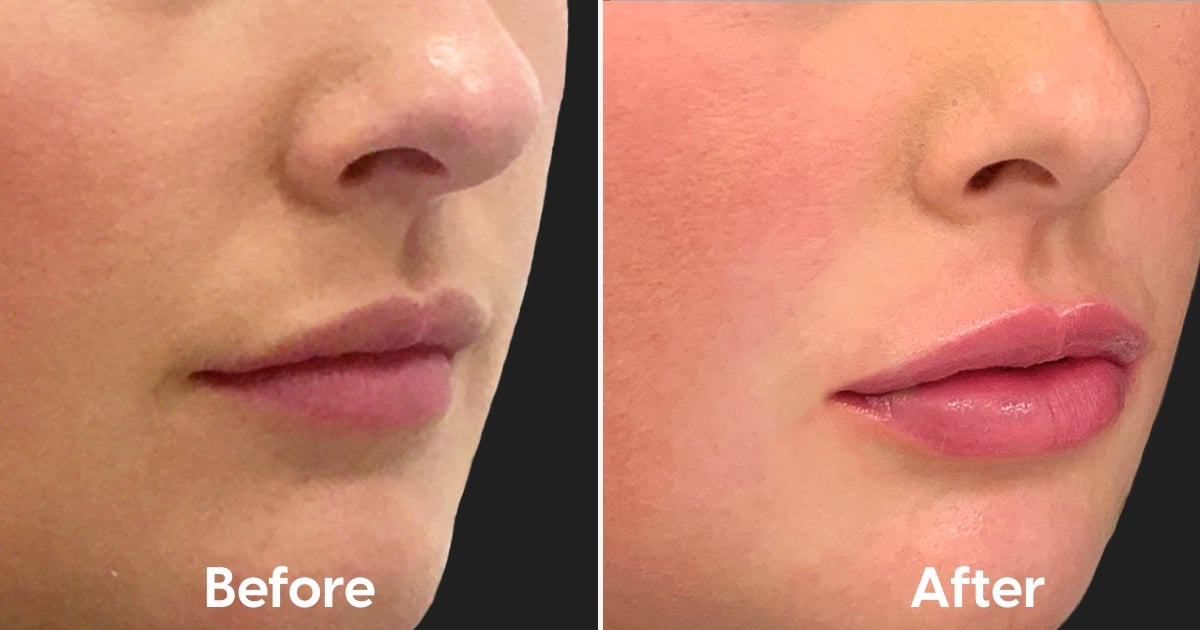
Image Source: Dr Bob Khanna
When it comes to lip fillers, we often hear horror stories rather than tales of success. And whilst there are unfortunately many horror stories — due to complete lack of regulation for injectables in the UK — there are also many, many more success stories.
If you've decided to embark on a journey of getting lip fillers, or are considering it, you probably have a lot of questions, one of which may be: what does the lip filler healing process actually look like? (Spoiler: lips shouldn't look overly bruised or swollen).
We spoke with two of the top injectors in the UK, and they shared their insights on how lips should look when healing from filler. It's also important to note that the best and most experienced injectors are in regular communication with their patients, so if you have any issues or concerns, your provider should be easily contactable.
Before Lip Filler
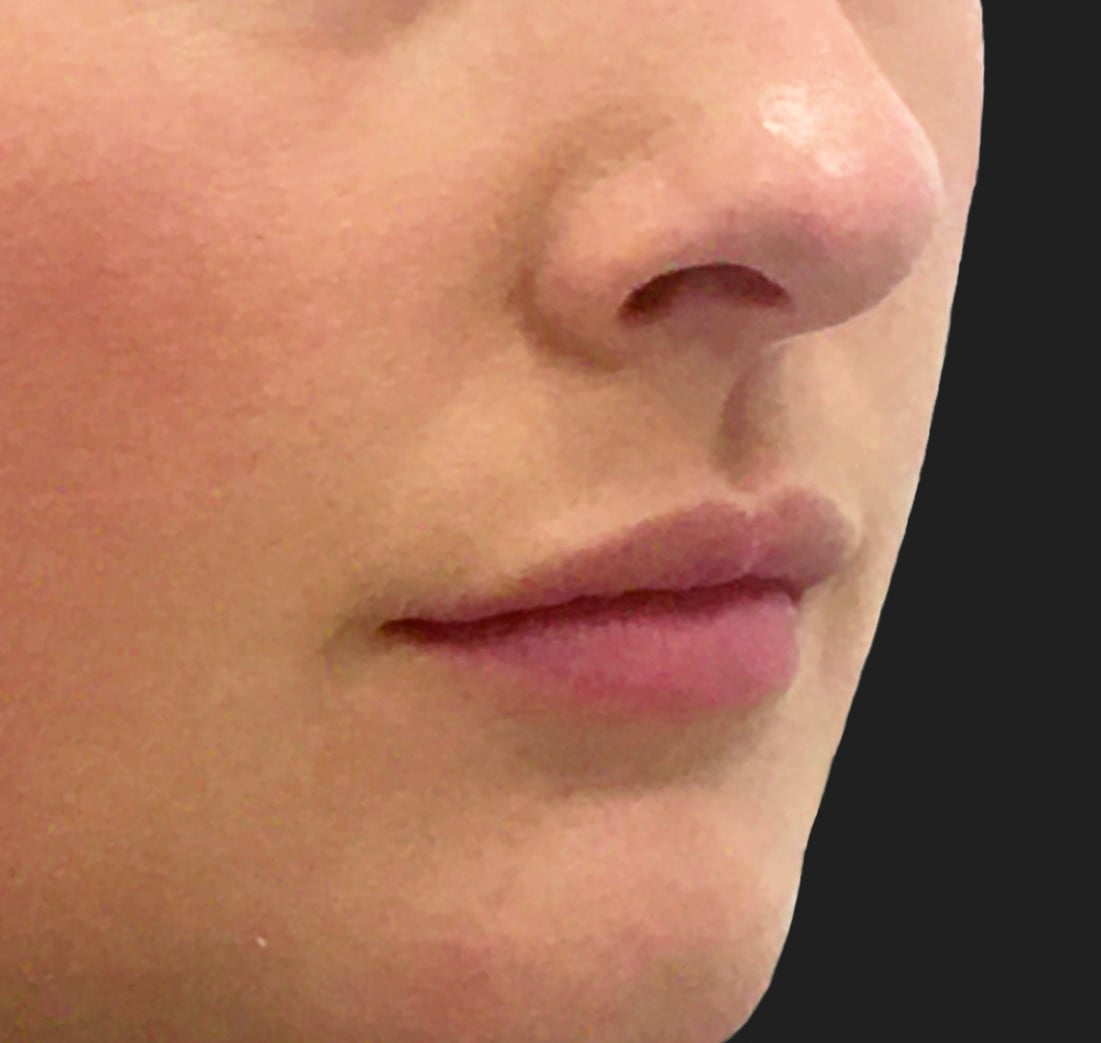
Image Source: Dr Bob Khanna
This photo was provided by Dr Bob Khanna, aesthetics expert and owner of DrBK Clinic, and was taken just before any filler was injected into the patient's lips, so you have something to compare the following photos to.
Immediately After Lip Filler
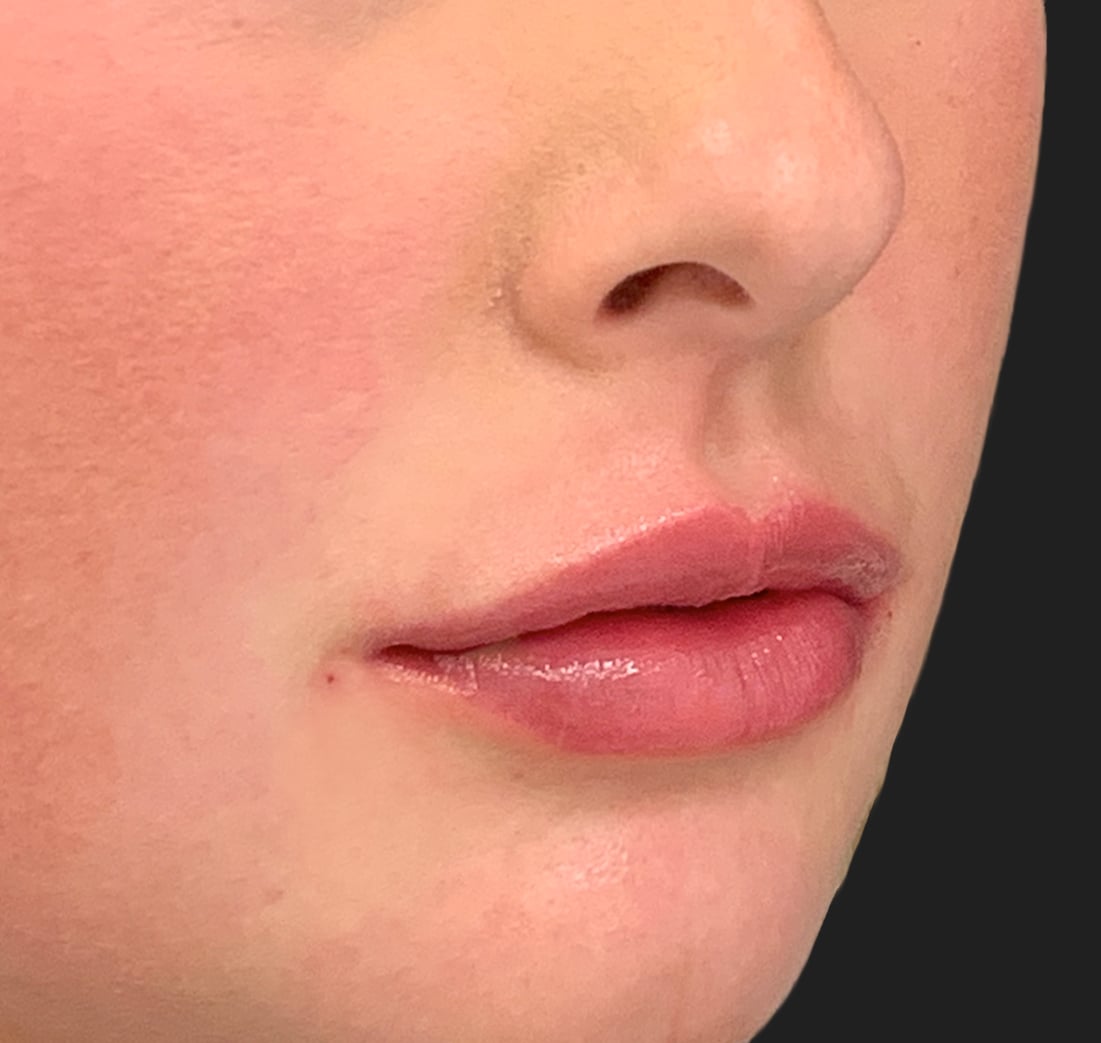
Image Source: Dr Bob Khanna
Immediately after the procedure, you're likely to see a little bit of swelling and a tiny mark from the needle. When it comes to the amount of swelling, "everyone's biology is slightly different", says Dr Khanna, meaning some people might bruise more than others, but you shouldn't see significant swelling by any means. Your provider will discuss things like medication, which may also affect your individual response to the procedure. Another aspect that significantly reduces swelling is technique. "If [the practitioner] has a very rough technique, then it's going to cause more trauma, swelling, and bruising," explains Dr Khanna.
To reduce swelling even further, Dr Ashwin Soni, plastic surgeon and owner of The Soni Clinic, doesn't actually use the syringes that his filler comes in. Instead, "I titrate the lip filler into separate syringes, which have much tinier needles. It costs me more because the needles cost more." However, in doing this, Dr Soni creates a smaller entry point, which results in minimised swelling and discomfort for his patients. "I do it mostly for pain for my patients, because my patients don't feel it much. These lip fillers are normally quite painful," he adds.
Lip Filler After Two to Three Days
Days two to three are likely when you're going to see the most swelling, but don't let that alarm you. Even though you might see the most swelling during this time frame, it doesn't mean you should expect your lips to look huge. "At an absolute, taking it to the limit, the maximum that anyone's lips should swell by is up to around 20 percent," says Dr Khanna. As always, if anything looks or feels off to you, or you would like some reassurance, contact your provider who — if they are fully licensed — will be more than happy to either answer your queries or see you for a follow-up if necessary.
In the week following your procedure, there are a few things you can do at home to help keep swelling to a minimum. Aftercare includes "avoiding hot showers, saunas, and direct sunlight", says Dr Khanna, as well as avoiding smoking and biting your lips. Dr Soni always advises his patients to "prop their head up on an extra pillow when sleeping to elevate the head", as well as using arnica cream or take arnica tablets for bruising.
Lip Filler After Three Weeks
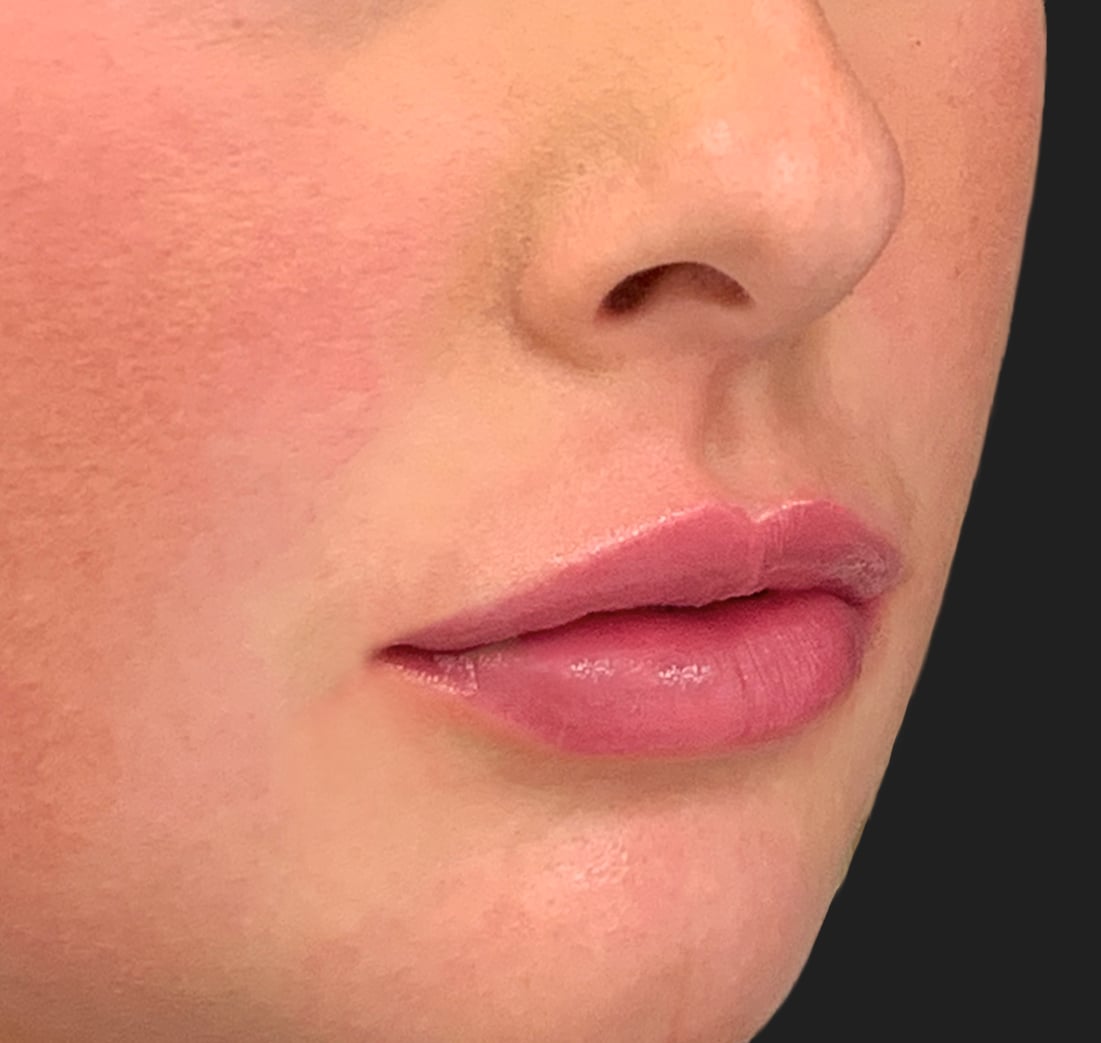
Image Source: Dr Bob Khanna
As you can see from Dr Khanna's work here, there isn't a dramatic difference from three weeks after compared with immediately after. Experiencing significant swelling, bruising, pus, bleeding, migration, or discolouration is not normal and should be treated with urgency. If the clinic or practitioner that did your procedure is not responding to you, either get yourself to a reputable practitioner who deals with correction cases or to A&E.
Overall, lip fillers can take a maximum of two weeks to heal but should be looking pretty great after a week.
If you're looking to increase the size of your lips versus plumping them ever so slightly, Dr Soni has a few tips. "I don't personally give that kind of lip, and people don't come to me for that. However, the best thing to do, the smartest thing to do, would be to stage it," he says, meaning you would go for your first appointment with a smaller amount of filler and then go back for a second appointment to give more volume. "This is as opposed to plumping it out all in one go because that's when problems can arise with the tissue stretching the skin on the lip," he adds.
Hopefully this helps alleviate concerns you might have about the lip filler healing process. We can't stress enough that when it comes to avoiding complications, the best thing to do is visit a reputable practitioner who is fully licensed and can guide you through the entire process — not just the actual procedure.
